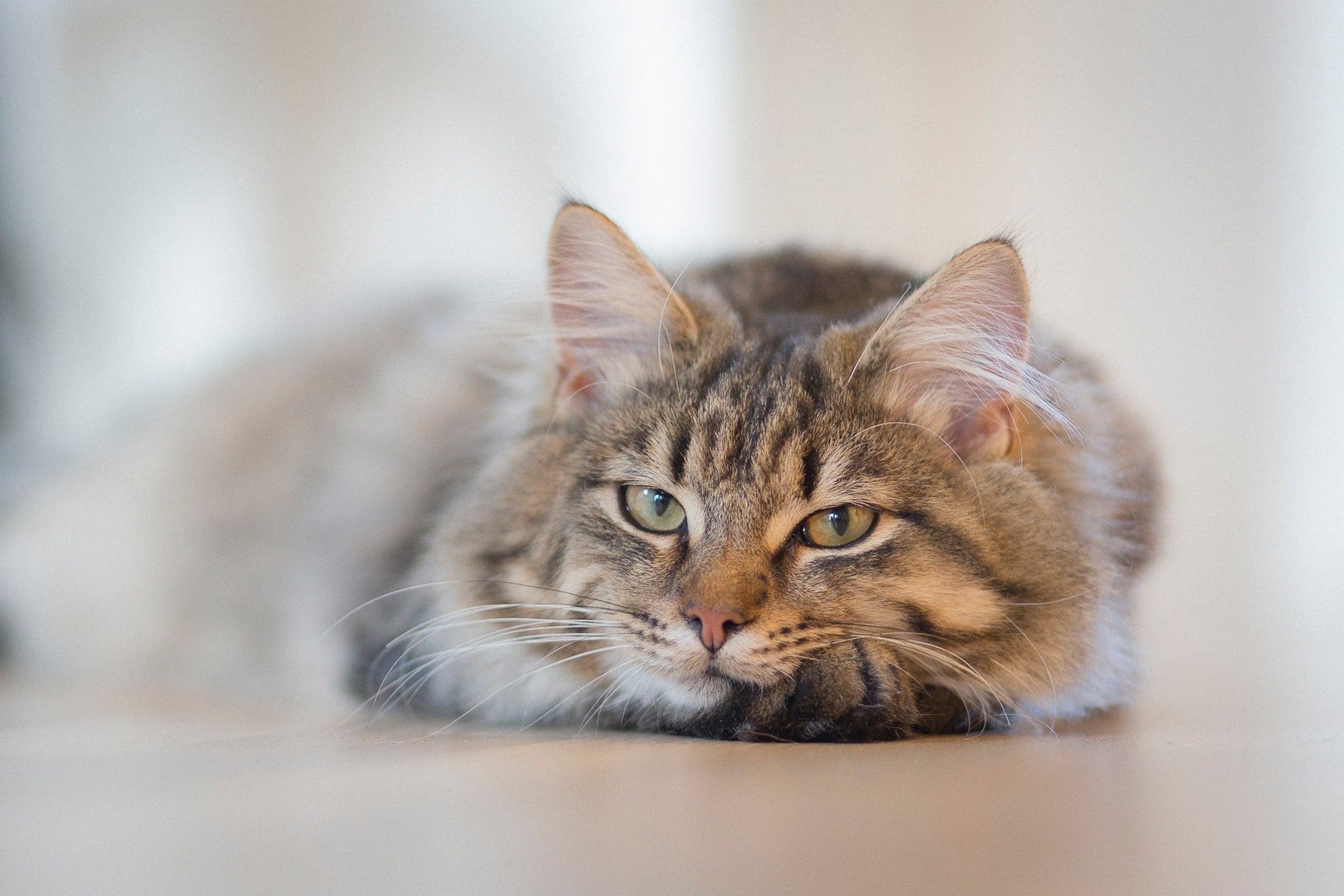Neutering: Why It’s Important
The neutering of domestic pets in the United States dates back to the 1930s. Back then, neutering was intended for the convenience of the pet owner. Today, this procedure has shifted its focus to welfare, offering an abundance of benefits to pet health and longevity.
There’s an ever-growing expanse of information out there, so let’s narrow some of it down and discuss the importance of neutering—specifically cats!
Image courtesy of Giacomo Irrequieto.
Neutered cats have decreased risks of developing certain diseases.
Can neutering your cat(s) help them to nip diseases in the bud? As it turns out: yes!
When a female cat is spayed before their first year of age, their risk of developing mammary carcinoma—a breast growth that often surfaces malignantly in cats—is reduced by 86%. Spaying before the first six months brings that reduction to 91%!
Likewise, while not as common, intact male cats carry the risk of developing testicular cancer. Castration, which is the removal of the testicles, eliminates the potential for this cancer to grow. The risk of prostatic enlargement is also decreased, as the prostate often reduces in size following castration.
A common behavior in intact cats is roaming: the act of wandering in search of a mate. The result of this is exposure to harm by wildlife, pollutants and, yes, diseases! Neutering decreases this tendency to roam, which protects them from these elements.
Neutering has proven to be a great supporter of the long-term health of our feline friends. The life expectancy of neutered male cats demonstrated a 62% increase, and neutered females a 39% increase, when compared to their intact counterparts. In other words, neutering corresponds to longer lives!
Neutering reduces the overpopulation of pets.
The effects of pet overpopulation are real. With the influx of commercial breeding, new owners are increasingly leaning toward purebreds. Not only does this lead to the abuse, abandonment and illegal trafficking of purebreds, but also the displacement of mixed-breed litters into already overcrowded animal shelters. Many of these mixed breeds—having been born from unwanted pregnancies or uncontrolled strays—become homeless or, tragically, subject to euthanasia.
Among homeless communities of intact cats, more unwanted pregnancies occur. Their numbers increase, the quantity exceeds demand, and more animal shelters become overcrowded to compensate. Neutering serves to stave off these increases in the population, lessening the overwhelm on shelters and communities. Moreover, the rates of euthanasia decrease, allowing more cats to be adopted or returned to their previous owners.
Problematic behaviors consistent with heat cycles are subdued after neutering.
Aggression, escaping the house, getting into fights—these are all behaviors consistent with intact cats, and many of these may propose problems not only for owners, but for pet welfare, too.
Intact male cats often display aggressive behaviors, getting into fights over mates. Bite wounds allow for the transmission of viruses such as rabies, FiV (feline immunodeficiency virus) and FeLV (feline leukemia virus), which may turn fatal.
For indoor felines, the tendency to roam may lead to regular attempts to escape the home. Once outside, a cat may be affected by these viruses, as well as wildlife, cars, or shelter displacement.
After neutering, these behaviors, previously indicative of heat cycles, are subdued. The tendency to roam is reduced, aggressive behaviors are settled, and the overall welfare of a cat is better preserved!
Image courtesy of Inge Wallumrød.
One of the most common reasons for surrendering or abandoning cats in the U.S. is ill-prepared owners. It’s important to ensure that owners are prepared and made knowledgeable of biological needs, behaviors, and the responsibilities that come with having a cat.
Neutering is one of those ways that we can demonstrate responsible ownership. In doing so, we protect both our feline friends and the community.
The more we educate ourselves, the more our pets will thank us!
written by Anna.


